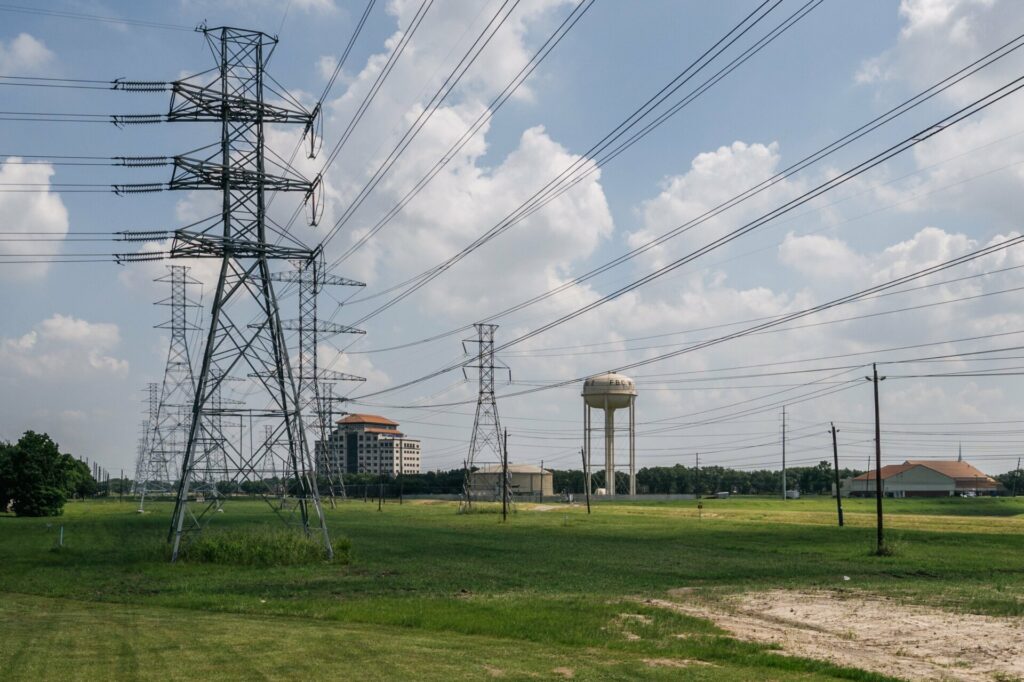
A growing crisis is unfolding in the North American bulk power system as artificial intelligence (AI) enabled predictive analytics struggle to keep pace with the escalating demand for electricity.
According to a recent report, the continent’s electrical grid faces unprecedented resource adequacy challenges over the next decade. The issue stems from an unexpected surge in power consumption, coupled with planned retirements of aging thermal generators. The situation is further exacerbated by AI-powered systems’ limitations in accurately forecasting energy demand and supply.
The North American grid has long relied on a combination of coal, natural gas, nuclear, and renewable sources to meet the region’s electricity needs. However, as sustainability goals push for increased adoption of clean energy, many thermal plants are being decommissioned. This shift poses significant challenges for maintaining the reliability and resilience of the system.
Artificial intelligence has been touted as a key enabler in addressing these concerns by leveraging advanced machine learning algorithms to optimize grid operations. While AI can improve forecasting accuracy and optimize energy distribution, it is not immune to biases and limitations.
Researchers have found that AI models used in predictive analytics are prone to errors when faced with unexpected changes in consumer behavior or unforeseen weather patterns. These oversights can lead to critical missteps in power supply management, ultimately putting the entire grid at risk of instability and outages.
Moreover, AI systems require a massive amount of data to learn and improve over time. However, the North American grid’s operational data is fragmented across various stakeholders, making it difficult for AI models to develop robust predictive capabilities.
In light of these challenges, industry experts emphasize the urgent need for collaboration and innovation in addressing this crisis. This may involve developing more accurate forecasting models, integrating multiple datasets to enhance the performance of AI-powered systems, or exploring alternative approaches that better account for uncertainties in power supply and demand.
As the stakes continue to escalate, it becomes increasingly clear that America’s electrical grid cannot rely solely on AI-driven solutions to meet its pressing needs. Instead, a holistic approach incorporating human expertise, cutting-edge technology, and strategic planning is necessary to ensure the reliability and sustainability of our energy infrastructure for generations to come.
Source: gizmodo.com


